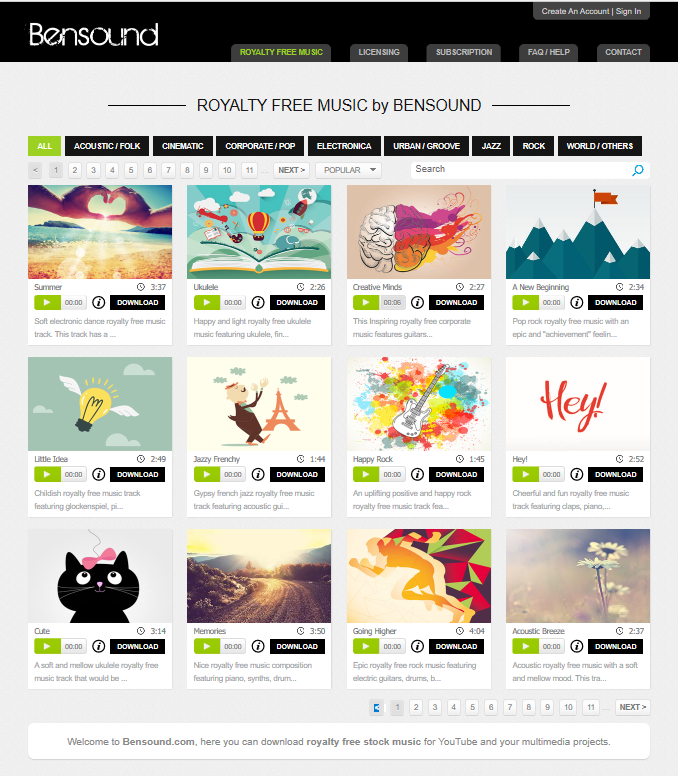Have you seen the movie scenes where the musical score is either removed or changed? One of my favorites demonstrates what a powerful communicator music is and how it shapes emotional responses. It’s called “Vader’s Redemption,” and it changes the foreboding original minor key of “The Imperial March” into a chipper and celebratory major key. Listen to the original here. And then listen to the key change here and see how the emotional experience is drastically different.
If you haven’t tried using music in your presentations before, you might be surprised how much emotion and energy is added by a strategically selected and placed soundtrack. Let’s figure out why we respond so strongly to music, how to use it in our presentations, and where to find it.
Why We Respond to Music
Many studies have been done on why music appeals so strongly to humans. One in particular was conducted by neuroscientists Anne Blood and Robert Zatorre. The MRI scans they took showed that when participants were listening to pleasant music, their levels of dopamine increased. Dopamine is the brain’s reward center. And the BBC has acknowledged that music can affect our brains the same way “sex, good food and addictive drugs” can. That means music can have a powerful, positive effect on your audience if you use it correctly.
How to Use It
There’s not really any right way to use music. Like the facial expressions you make, the way you move, the presentation media you use, and the words you say, music is another tool for communicating with your audience. You can use it to add humor, or impact, or to signal transitions between parts of your presentation. One of my favorite ways to use it is during the audience participation portions of my presentation. Any time I ask the audience a question and encourage them to talk to those around them, I include an upbeat music soundtrack which also helps to serve as a timer. When the music is playing, people feel more comfortable talking, and it prevents any awkward silence. And when the music starts to fade, the audience knows that their discussion time is ending.
Two tips, though. First, make sure the track you choose supports your communication. You want it to be noticeable without being distracting. Second, always check your volume levels prior to beginning your presentation. There’s nothing worse than having your music start at thundering decibels and startling the entire audience. I prefer to start my music at a very low volume. Then I manually fade it up to an acceptable level.
Where to Find It
My favorite source for royalty-free tracks is bensound.com. On this site, you can easily download professionally produced music that helps you create a certain energy or emotion for your presentation. You can select from categories like acoustic/folk, cinematic, or jazz.

Just make sure to follow their creative commons license policy by crediting Bensound. And a quick internet search will turn up plenty of other audio libraries if bensound.com doesn’t have what you are looking for.
One of the biggest battles speakers face is audience members who are bored or disengaged. Music can help you combat those and can drive audience interest and presentation energy. While we aren’t suggesting that you take the stage to the soundtrack of “The Imperial March,” we do hope you’ll try incorporating music into your next presentation.
Want more ideas on how to take your presentations from ordinary to extraordinary? Get in touch with our team today.